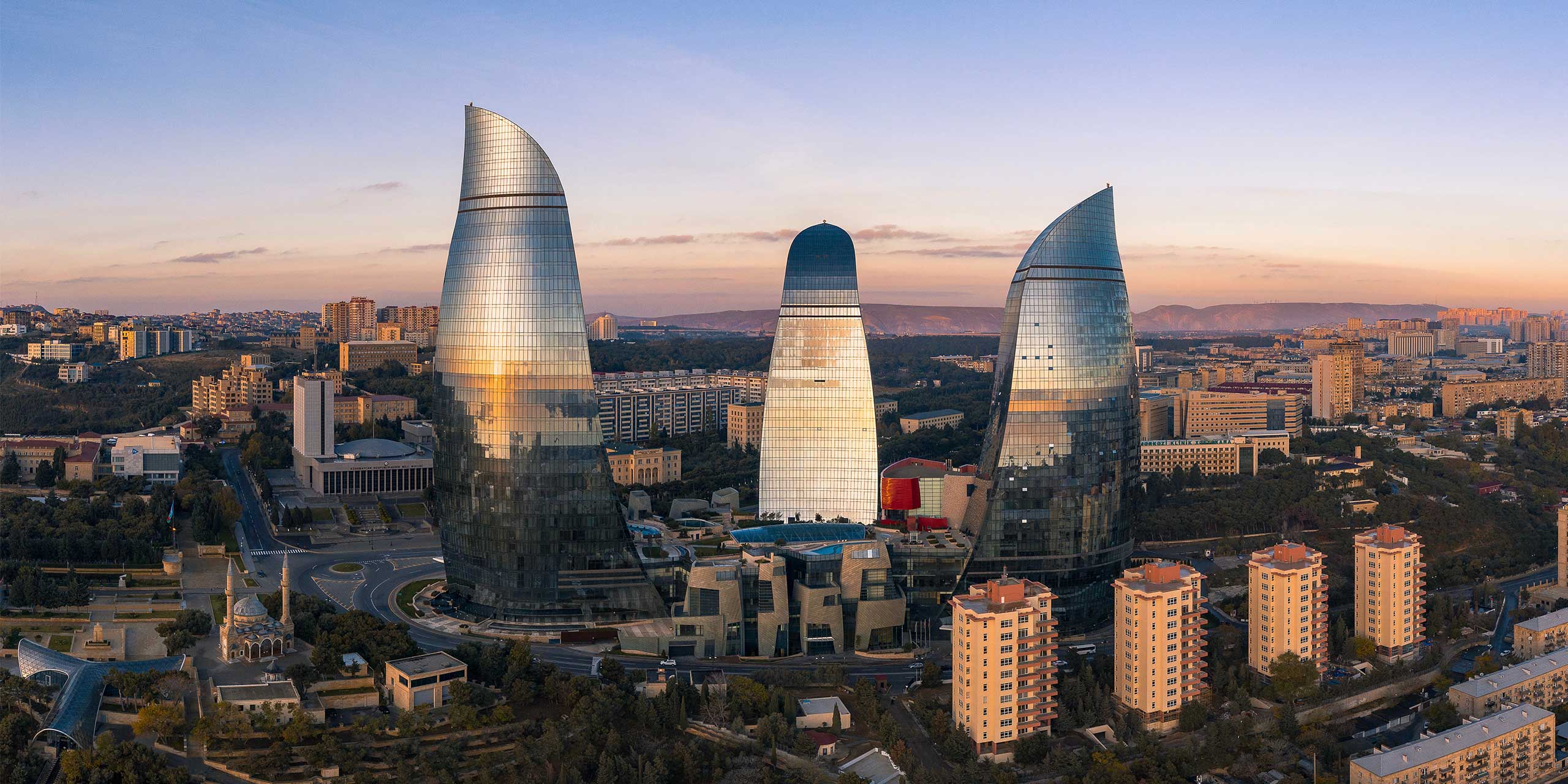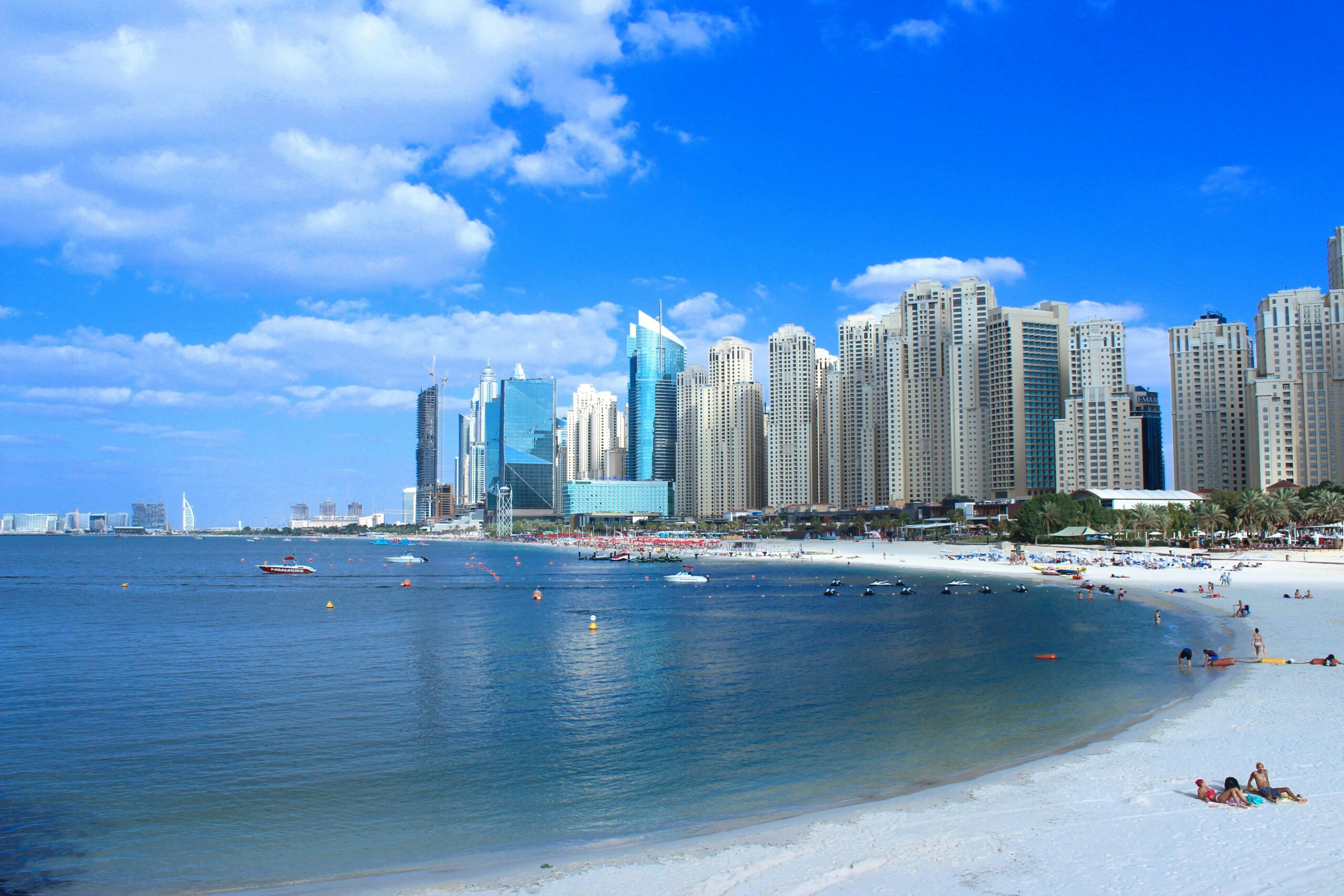TCycling in the UAE is becoming increasingly popular, not only as a recreational activity but also as a mode of transportation. With a growing emphasis on eco-friendly travel, cycling has gained momentum, and the UAE government has been working towards creating a safer and more convenient environment for cyclists. However, just like any activity on the road, cycling comes with its own set of rules and regulations to ensure everyone’s safety.
In this blog, we will go over the essential cycling laws and rules in the UAE, highlight some of the best cycling tracks, and offer tips for safe cycling.
General Cycling Laws in the UAE
The UAE has implemented strict rules for cyclists to prioritize safety and to maintain order on the roads. Here’s a breakdown of the general laws that cyclists must follow:
Helmet Requirement
Wearing a protective helmet is mandatory for all cyclists, regardless of age or whether you’re riding a short distance or going on a long ride. This rule is designed to minimize the risk of head injuries in case of an accident. Helmets should be certified and properly secured for maximum protection.
Lights and Reflectors
Cyclists must ensure their bikes are equipped with lights and reflectors, especially if they plan to cycle during low-visibility hours such as early morning or night. Bikes should have:
- A white front light
- A red rear light
Both lights must be in good working condition to ensure maximum visibility to other road users. Additionally, cyclists are encouraged to use reflectors on their bikes to further enhance visibility.
Age Restrictions
Children under the age of 8 are not allowed to cycle alone on public roads. They must be accompanied by an adult to ensure their safety. For older children and teenagers, it is essential to follow all road safety rules, just like adult cyclists.
Mobile Phones
Using mobile phones while cycling is prohibited in the UAE. This rule is in place to avoid distractions, as cycling requires focus and attention. If you need to make a call or send a message, it’s best to pull over to a safe spot before using your phone.
Dangerous Maneuvers
Performing acrobatics, stunts, or dangerous maneuvers while cycling on public roads is strictly forbidden. This includes wheelies, high-speed racing, or any activity that can put yourself or others in danger. Riders should always keep their movements predictable and under control.
Brakes
It is essential for cyclists to have functional brakes on their bicycles. Ensure that your bike’s brakes are in good working order so that you can stop safely in case of an emergency. Regularly check the condition of your bike’s braking system to avoid accidents.
Cycling Lanes and Tracks in the UAE
The UAE has made significant strides in developing dedicated cycling infrastructure, including cycling tracks and bike lanes in many urban areas. Here are the key points to know about where and how to cycle:
Designated Cycle Tracks
Wherever possible, cyclists should use designated cycle tracks. These tracks are specially designed to keep cyclists safe by separating them from vehicle traffic. If there is a dedicated cycling lane or path, it is mandatory to use it, as cycling on roads without tracks can be dangerous.
Cycling on Roads
Cyclists are allowed to ride on roads that have a speed limit of less than 60 km/h. However, cyclists must ride on the right side of the road and stay in a single file. This ensures that they are visible to motorists and don’t obstruct traffic flow.
On roads with speed limits above 60 km/h, cycling is prohibited, with some exceptions. For example, on Jumeirah Road in Dubai, there are designated bike lanes that allow cyclists to safely ride alongside traffic. Always be aware of the signage and whether cycling is permitted on a particular road.
Footpaths
Cycling on footpaths is strictly prohibited. Footpaths are for pedestrians, and cyclists must respect this rule to avoid accidents. Cycling on the footpath can be dangerous for both pedestrians and cyclists, as it leads to unnecessary collisions and disruptions.
Main Roads
Cycling on major roads with speed limits of 60 km/h or higher is generally prohibited, as these roads can be dangerous for cyclists. However, there are some exceptions in certain areas where cycling tracks are provided alongside these roads. Always pay attention to local regulations and designated cycling areas to avoid violating the law.
Safety Tips for Cyclists in the UAE
In addition to following the rules and regulations, cyclists should adopt the following safety habits to protect themselves and ensure a smooth ride.
Be Predictable
Cyclists must always be predictable to other road users. Use hand signals to indicate turns or stops, and make eye contact with motorists when necessary. Being visible and clear about your intentions will make other drivers more aware of your presence.
Stay Alert
Stay alert at all times while cycling. Avoid distractions like wearing headphones, as you need to be able to hear surrounding traffic and any potential hazards. Pay attention to the road, anticipate changes in traffic, and be prepared to react quickly to sudden obstacles.
Maintain Your Bike
Keeping your bike in good condition is essential for safe cycling. Regularly check the brakes, tires, lights, and gears to ensure everything is functioning correctly. If you plan to cycle for long distances, it’s also wise to carry basic repair tools such as a tire pump, spare tube, and multi-tool kit.
Visibility
Wearing bright or reflective clothing, especially at night or in low-light conditions, is important for your safety. Reflective vests or gear can make you more visible to motorists and help reduce the risk of accidents. Always ensure your bike lights are working, as this is crucial for night cycling.
Courtesy and Respect for Others
Cyclists should be courteous to other road users, whether they are pedestrians, other cyclists, or drivers. Follow all traffic rules and signs, and always give way when required. Avoid aggressive cycling behavior, and maintain a respectful attitude toward others on the road.
Cycling Fines and Penalties in the UAE
Violating the cycling laws in the UAE can result in fines, with penalties ranging from AED 200 to AED 600, depending on the severity of the violation. Common offenses that may result in fines include:
- Not wearing a helmet
- Cycling without proper lights or reflectors
- Using a mobile phone while cycling
- Cycling on footpaths
- Riding on roads with speed limits over 60 km/h (where not allowed)
To avoid these penalties, ensure that you follow all traffic rules and cycling regulations. Cyclists found breaking the rules could also face other consequences, such as having their bikes confiscated, so it’s always better to stay informed and comply with the laws.
Cycling Tracks in the UAE: Where to Ride
The UAE is home to some fantastic cycling tracks, with many cities investing in dedicated paths and routes to make cycling safer and more enjoyable. Here are some of the top places to cycle in the UAE:
Dubai
- Dubai Marina and Jumeirah Beach: Dubai offers some of the best cycling routes, including the popular track along the Marina and Jumeirah Beach. These routes provide stunning views of the coastline and city skyline.
- Al Qudra Cycling Track: A favorite among serious cyclists, Al Qudra offers a long, scenic route with less traffic and plenty of wildlife to enjoy. It’s perfect for cyclists who want to ride for longer distances.
Abu Dhabi
- Yas Island Cycling Track: A fantastic route for cyclists of all skill levels, the track around Yas Island is safe and well-maintained, providing a smooth ride and beautiful views of the island.
- Corniche Road: With a dedicated bike lane running along the coast, Corniche Road is one of the most scenic cycling routes in Abu Dhabi. It’s a great place to enjoy the sea breeze while cycling.
Sharjah
- Sharjah Cycling Track: This newly built track connects Sharjah to other parts of the city and is designed for cyclists of all levels. It’s a great place to enjoy a relaxing ride in a traffic-free environment.
Conclusion: Safe and Enjoyable Cycling in the UAE
Cycling in the UAE offers a fantastic way to stay active, reduce your carbon footprint, and explore the cities and landscapes in a unique way. By following the laws and safety guidelines, cyclists can enjoy a smooth, enjoyable ride while helping to create a safer, more sustainable environment for all road users.
Remember to stay informed about the latest rules and guidelines, maintain your bike, and always ride safely. With the growing infrastructure and dedicated tracks, cycling in the UAE is becoming more accessible and fun. So, gear up, follow the rules, and enjoy the ride!
Resources:
- Dubai Roads and Transport Authority (RTA): https://www.rta.ae/
- Abu Dhabi Police: https://www.adpolice.gov.ae/






